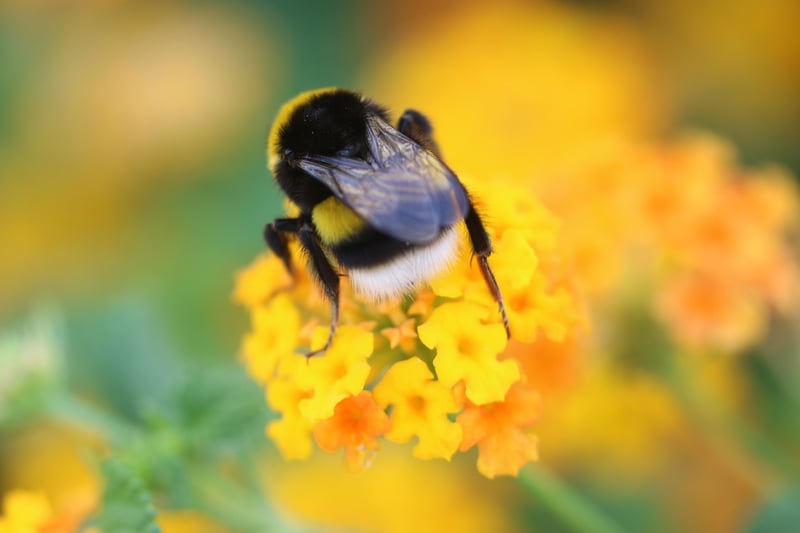Preventive Measures
Protecting Your Plants Naturally
The Importance of Plant Protection
Plants are not only beautiful additions to our homes and gardens but also vital for our environment. Ensuring their health and well-being is essential to maintain a thriving ecosystem. However, plants are susceptible to various threats like pests, diseases, and harsh weather conditions. To protect your plants naturally without relying on harmful chemicals, here are some preventive measures you can take:
Preventive Measures
1. Choose Resilient Plants
Start by selecting plant varieties that are naturally resistant to common pests and diseases in your area. Resilient plants are more likely to thrive and require less intervention.
2. Maintain Soil Health
Healthy soil leads to healthy plants. Ensure your soil is well-draining, nutrient-rich, and properly aerated. Adding compost and organic matter can improve soil quality and plant resilience.
3. Practice Crop Rotation
Rotate your crops seasonally to prevent the buildup of pests and diseases in the soil. This technique disrupts the life cycles of harmful organisms, reducing their impact on your plants.
4. Companion Planting
Planting certain species together can naturally repel pests or attract beneficial insects. Research companion planting strategies to create a harmonious and protective plant environment.
5. Utilize Natural Predators
Encourage the presence of beneficial insects like ladybugs, lacewings, and predatory wasps in your garden. These natural predators feed on common pests, helping to keep their populations in check.
6. Mulch and Weed Regularly
Applying mulch around your plants helps retain moisture, suppress weeds, and regulate soil temperature. Weeding regularly prevents competition for resources and reduces hiding spots for pests.
Conclusion
By implementing these natural preventive measures, you can protect your plants effectively while promoting a healthy and sustainable gardening environment. Remember, a little care and attention go a long way in safeguarding your plants from potential threats.

Learn More:
Explore additional tips for plant protection and sustainable gardening practices on Gardener's World.
